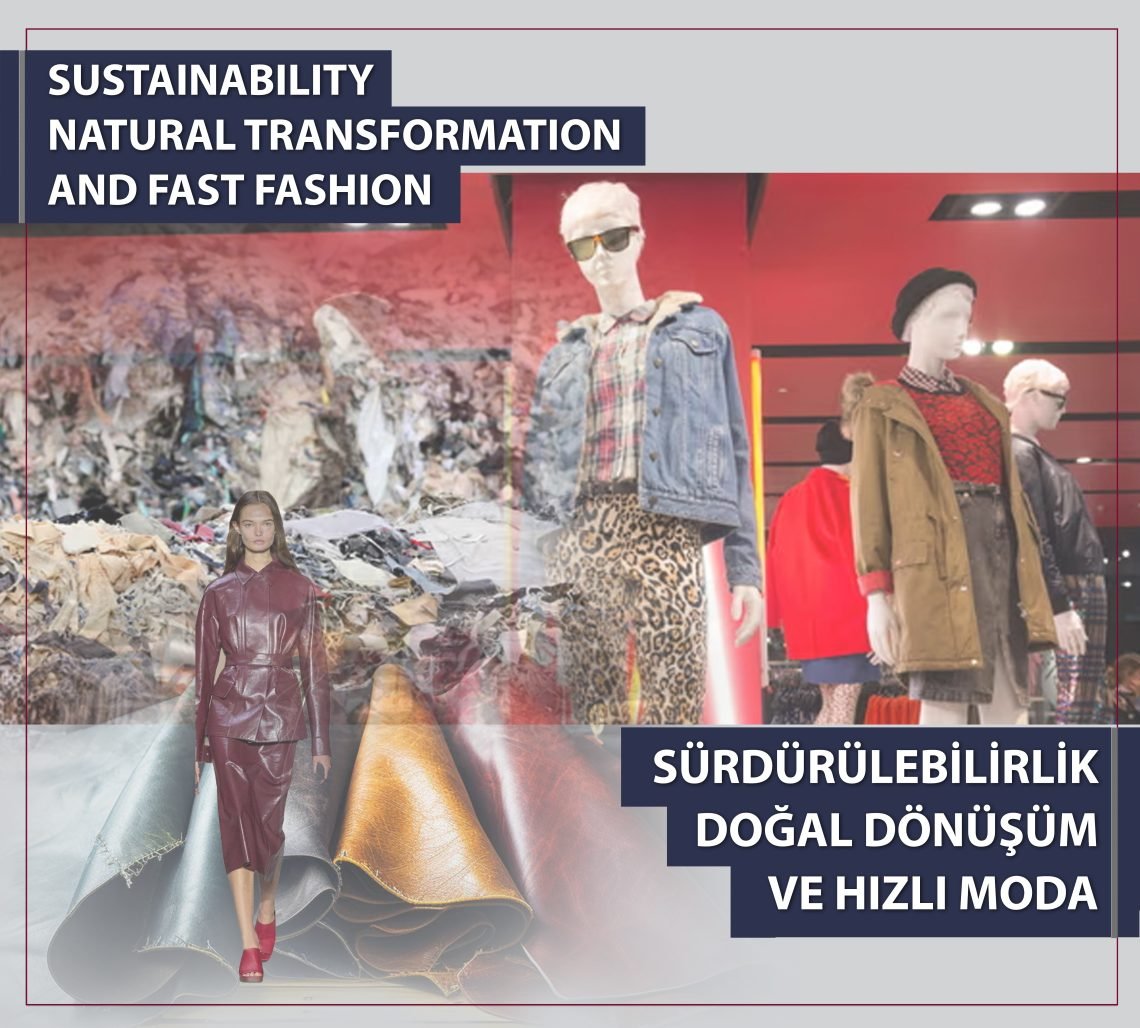Unfortunately, the fast fashion industry brings with it many biochemical diseases in the artificial transformation of the Industrial Revolution. In today’s world, sustainability-oriented transition to green transformation in the textile and leather industry will be a necessity.
As with the data of scientists and researchers, it is necessary to be detailed in fast fashion. Because this is the most important phenomenon of our future and living life. Increasing population population has brought about a fast fashion boom. It has caused the use of synthetic fibers produced using fossil fuels to double in the last 20 years. These fabrics may be cheap at the point of sale, but they form part of the petrochemical economy that fuels climate change and pollution.
In addition to industrial waste, most importantly, the harmful substances used in the production of unnatural leather, textile fabrics, petrochemicals and nylon, which are called artificial leather, are the main factors that create a contradiction in terms of sustainability.
Experts have emphasized that the fashion industry needs to fundamentally change to reduce the environmental impacts of fast fashion. It was also stated in the European Commission that better recycling processes, pollution control technology and innovative use of residues were among the measures that could help, but official restrictions have not been introduced and the fact that even in the most developed countries, substances harmful to nature and humans still dominate fast fashion is a matter of discussion on the axis of “sustainability”.
Particularly, contract manufacturing sites, according to the clean production and sustainability approach, consider pollution and waste largely as a result of inadequacy and inefficiency in resource use and production processes, and therefore not only reduce waste generation but also provide economic added value benefits.
According to The Guardian news https://www.theguardian.com/fashion/2023/nov/06/fashions-efforts-green-cancelled-shopaholics-wrap , climate action NGO Wrap wrote that the progress made by the 130 brands participating in this initiative shows that change is possible. The Wrap report also states that the 12% reduction in carbon impact is negated by the 13% increase in textiles produced and sold. The report highlights the innovative use of cuts as a measure that could help reduce the fashion industry’s environmental footprint.
After various untraceable chemicals have become fashionable and especially fast fashion in today’s world, many chronic diseases will be evaluated within the scope of sustainability.
It can also be said that the cancer-causing results after the use of PVC in artificial leather seem very contradictory in terms of sustainability in natural transformation. Since this issue is a general problem in our world, unfortunately, it is not brought to the agenda before the states in terms of restrictions.
Youtuber named Sertaç AKTAN https://youtu.be/DDd9YsEeOc8?si=R7vMXh75pH1vQ0ED drew attention to this issue on his channel and expressed the damage that chemicals do to human health and the environment in his Youtube video called TOXICS.








